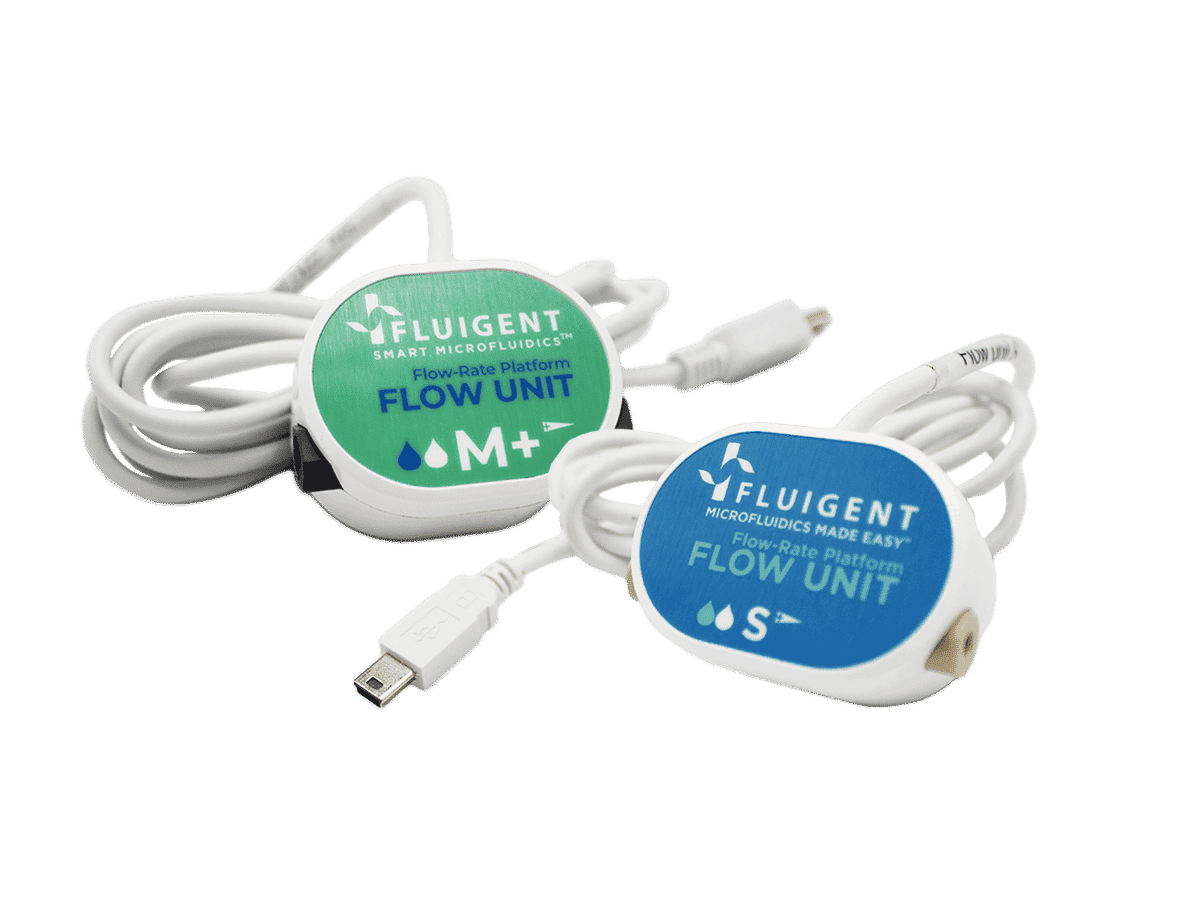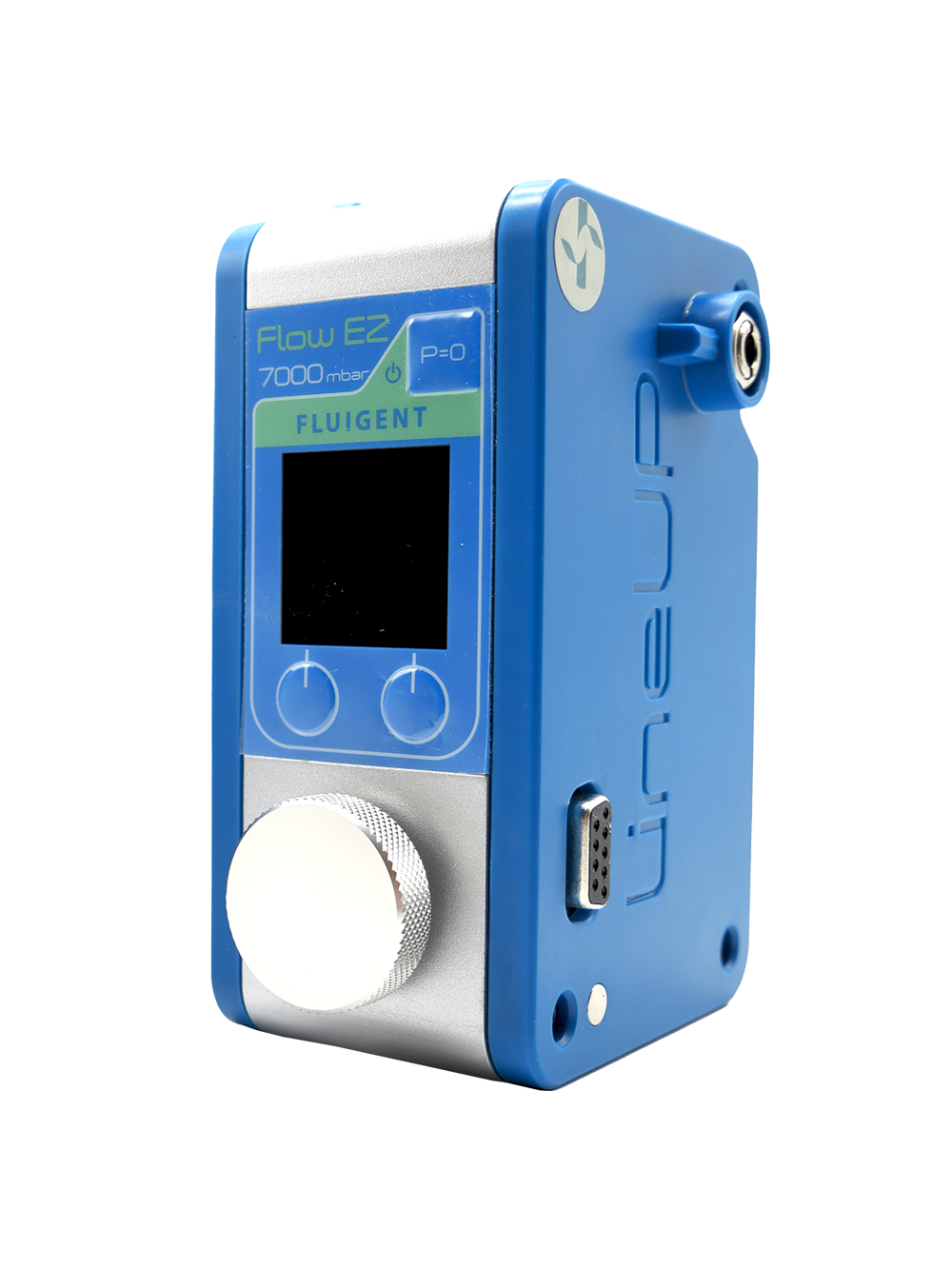Improve Reproducibility and Smooth Workflows
As the field of microfluidics advances, flow rate control becomes increasingly important for the success of an experiment or product development. The choice of the right flow controller can contribute positively to this .
This webinar, will provide insights from experts in the field on selecting the right flow controller for your application, from cell biology to droplet microfluidics.
Learn the different methods used for managing liquids in microfluidics, their advantages, and limitations. Prof. Jean-Louis Viovy, pioneer in microfluidics and pressure-based flow control, will explain the rationale behind the creation of pressure controllers in his laboratory more than 15 years ago, and why it is becoming the gold standard for microfluidics.
In the webinar we will compare different flow control technologies with key applications in microfluidics including droplet microfluidics, microfluidic cell culture, and cell analysis experiments.
Our invited speaker, Dr. Alexandre Grassart, will provide in depth discussion into the use of pressure-driven flow control for laboratory microfluidic research with a specific case study: state-of-the-art in vitro models biomimicking the microenvironment of human organs on a chip.
What can you learn from this webinar?
- Introduction to flow control in microfluidics: key physical parameters to master, technologies available, and current challenges.
- Key considerations when selecting a flow controller for microfluidics
- How pressure-based flow control technology was introduced by Fluigent, and why it has become popular for microfluidics,
- Examples of microfluidic applications: droplet microfluidics, organs on chip, cell culture, and more.
- Case Study: state-of-the-art in vitro models examining the microenvironment of human organs on a chip by Dr. Alexandre GRASSART.
Webinar Highlights:
Innovative Applications: Learn about the latest advancements and current challenges in the microfluidics field.
Technology Overview: Compare advantages and limitations of different flow controllers.
Pressure-Based Flow Control Origin: Prof. Jean-Louis Viovy will share how the first pressure controllers were created more than 15 years ago to meet the needs of researchers.
Speakers:
- Bruno Charléty. Product Manager, Fluigent
- Alexandre Grassart, PhD. Head of Team Mechanobiology of Host-Microbe Interactions. Center for Infection & Immunity of Lille. CNRS UMR 9017 – INSERM U1019
- Prof. Jean-Louis Viovy. Tokyo College; CNRS; Curie Institute; Institut Pierre Gilles de Gennes IPGG; Fluigent co-founder
Further information
In this Expertise Review, we aim to provide a comprehensive examination of the latest advancements and research pertaining to microfluidic flow control technologies. Our goal is to present an in-depth analysis of key findings and their implications for the future of microfluidics.
What is microfluidics? What are the main concepts of microfluidics? What are the different microfluidic flow controllers? Find all the answers to your questions in this comprehensive review / white paper.
To assist users in selecting the right instrument, Fluigent has created microfluidic calculators designed to estimate the key parameters for most microfluidic setups, ensuring optimal results.
Save time by using our calculators to identify the set of parameters that best fit your requirements!
Discover our range of flow control instruments
Available in multiple low rate ranges, the FLOW UNIT and FLOW UNIT + Microfluidic Flow Sensor allows for pressure regulation using the DFC (Direct Flow Control) algorithm to monitor or control the system by flowrate instead of pressure.
The Flow EZ™ is the most advanced system available for pressure-based flow control.
- A response time ten times faster compared to syringe pumps.
- Control flow rate with the benefits of responsive, pulse-free flow

